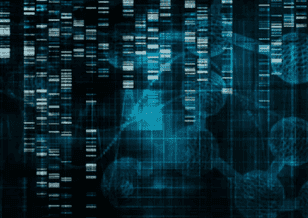The gyrB gene encrypts the DNA gyrase subunit B protein, a type II DNA topoisomerase that performs an important part in the replication of DNA and is widely dispersed amongst bacterial organisms. The percentage of molecular evolution implied from sequences of the gyrB gene is faster than that implied from sequences of the 16S rRNA gene. In phylogenetic research of Pseudomonas, Acinetobacter, Mycobacterium, Salmonella, Shigella and Escherichia coli, Aeromonas and the Bacillus anthracis-cereus-thuringiensis group, gyrB gene sequences have been used findings from the research have shown that gyrB is an appropriate phylogenetic marker for the research at the species level of phylogenetic and taxonomic interactions. It has been indicated in the current analysis that direct gyrB gene sequencing could be utilized for the classification and phylogenetic assessment.
Our Advantages
- No previous genome sequence information necessary
- Price-efficient
- Skillful service and fast turnaround instances
- Suitable with high-throughput KASP genotyping
- Sustain bioinformatics for any organisms
- Other characteristics involve decreased sample management, less PCR & purification process, no fractionation of DNA size, effective barcoding scheme, exploration of simultaneous markers & genotyping






